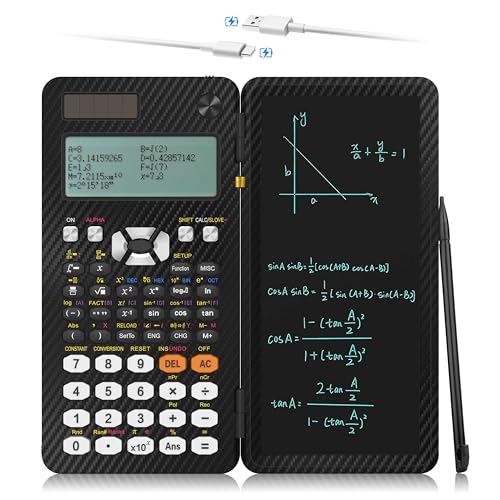seeseansky
Member
- Joined
- Feb 8, 2016
- Messages
- 12
- Reaction score
- 3
When we calculate air compressor power for isentropic compression, I am little confused whether to use air table or cp equation.
My understanding is if "ideal gas" is given in problem we should use mdot*cp*deltaT coz cp is constant for ideal gas.
But there is no mention of "ideal gas" in problem we should use mdot*(h2-h1). Where h should be found in air table.
My understanding is correct??
I found in a problem in NCEES 2011 uses cp equation even if "ideal gas" is not given in problem. That is why I am little confused.
My understanding is if "ideal gas" is given in problem we should use mdot*cp*deltaT coz cp is constant for ideal gas.
But there is no mention of "ideal gas" in problem we should use mdot*(h2-h1). Where h should be found in air table.
My understanding is correct??
I found in a problem in NCEES 2011 uses cp equation even if "ideal gas" is not given in problem. That is why I am little confused.





















